
What a place is called often depends on who’s in charge and what story they want to tell. Over time, names once spoken daily were replaced with others tied to a new direction. Let’s explore ten Asian countries that chose different names—and the forces that shaped those changes.
Thailand (Siam)
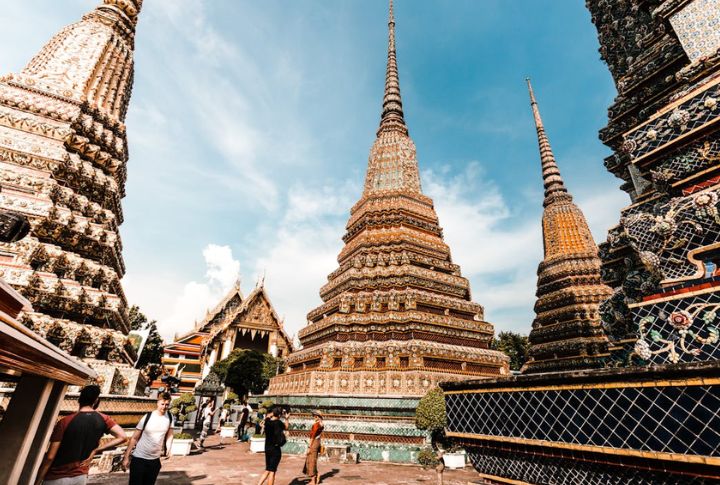
Thailand didn’t always go by its current name. In 1939, Prime Minister Plaek Phibunsongkhram renamed it from “Siam,” a label familiar abroad but less reflective of its people. “Thailand,” meaning “Land of the Free,” returned briefly in 1945 and became permanent again in 1949.Iran (Persia)
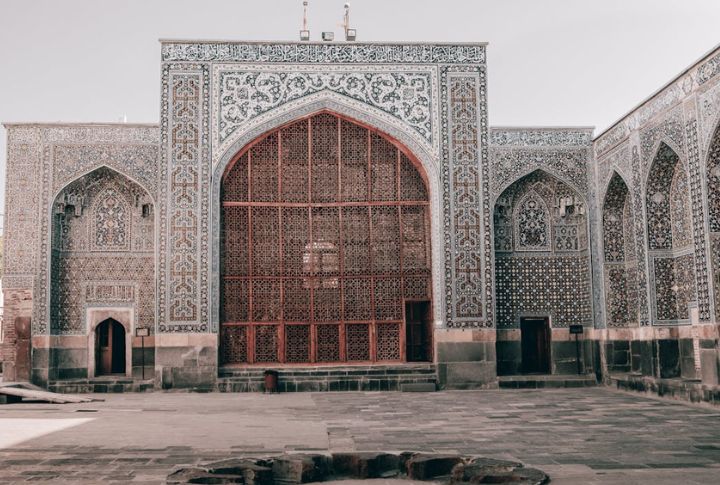
Back in 1935, Iran asked other nations to stop using “Persia.” This move aligned with Reza Shah’s modernizing efforts. While “Persia” had prestige, “Iran” went deeper, meaning “Land of the Aryans.” The change emphasized how Iranians saw themselves rather than how outsiders had labeled them.
Cambodia (Kampuchea)
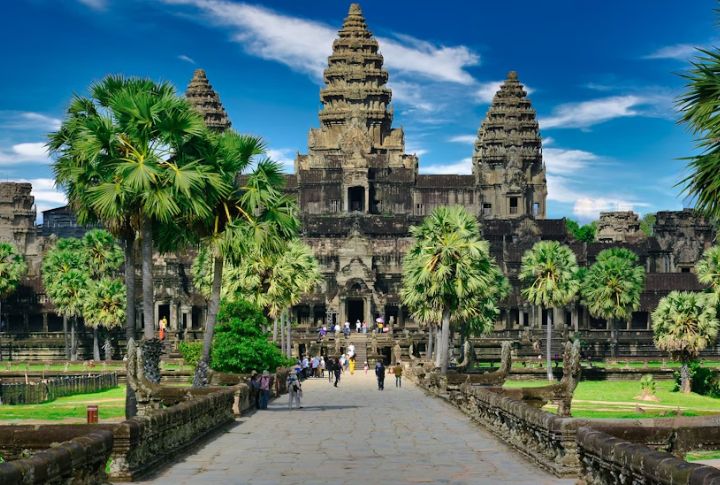
The name changed depending on who ruled. Khmer speakers still use “Kampuchea,” meaning “descendants of Kambu.” During the Khmer Rouge’s control from 1975 to 1979, the country became Democratic Kampuchea. After Vietnam intervened and restored the monarchy, “Cambodia” returned as the international name recognized across the world.
Bangladesh (East Pakistan)
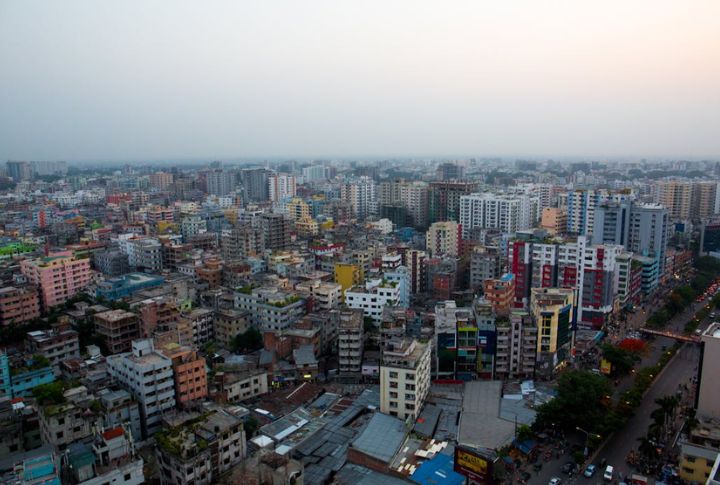
After British India split in 1947, the eastern region became East Pakistan. However, rising tensions and cultural neglect led to a brutal independence war in 1971. Following that struggle, the country became Bangladesh, a name that means the “Land of the Bengalis.”
Jordan (Transjordan)
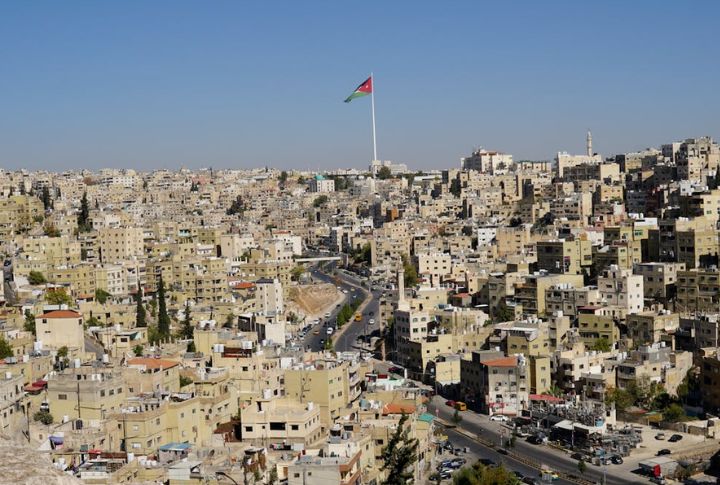
Under British rule, the land was known as Transjordan, named for its position east of the Jordan River. But by 1949, its borders had grown. As a result, the country adopted the name Hashemite Kingdom of Jordan to reflect both territorial change and a rising national identity.
Sri Lanka (Ceylon)

For centuries, the name Ceylon was tied to colonial rule. But in 1972, as the country transitioned into a republic, it chose to rename itself Sri Lanka, meaning “resplendent island” in Sanskrit. While the identity shifted, the branding of Ceylon Tea remained familiar across the globe.
Iraq (Mesopotamia)
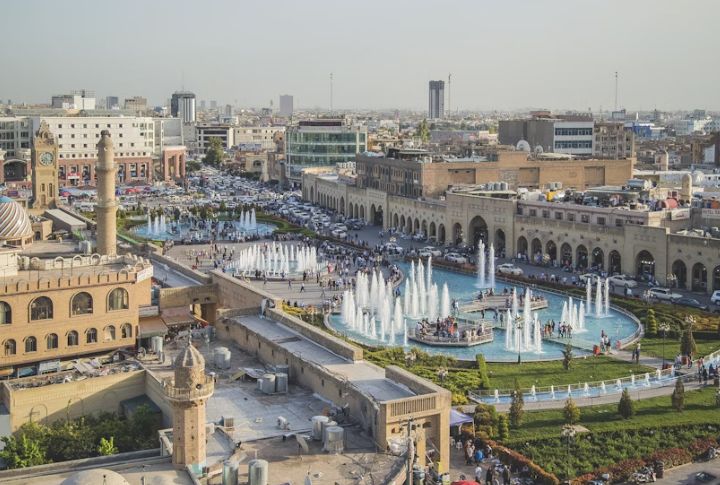
Although Western powers referred to the region as Mesopotamia during WW1, locals had long called it Iraq. The term “Mesopotamia,” meaning “land between the rivers,” eventually faded. After the 1920 San Remo Conference, Iraq became the official name, which reflects Arabic usage dating back to the 6th century.
Myanmar (Burma)
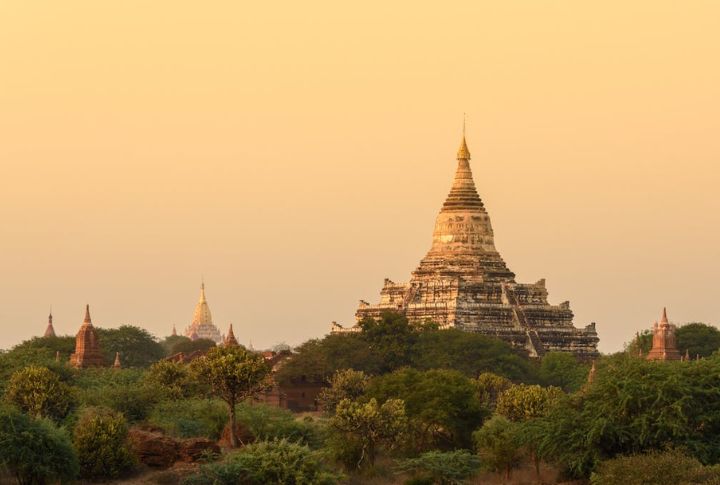
In 1989, Burma’s military government changed the country’s name to Myanmar in English. Although both names come from the same linguistic root, Myanmar sounds more formal. The UN acknowledged the change, but many nations, such as America and the U.K., opposed it due to the regime’s controversial nature.
Vietnam (Annam, Tonkin, Cochinchina)
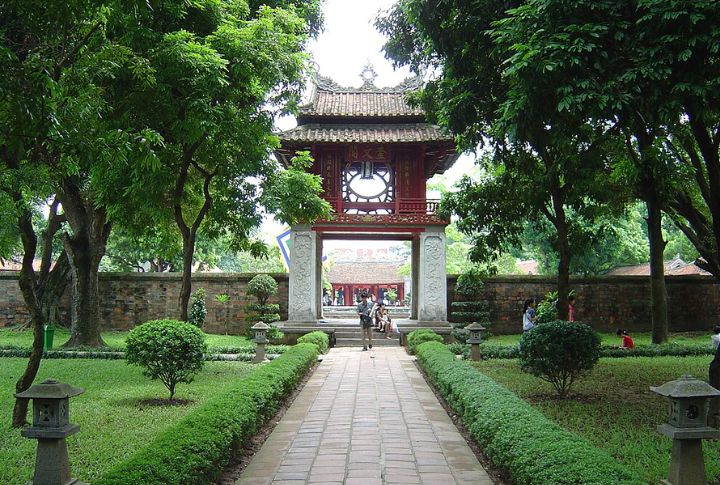
French rule sliced the land into Annam, Tonkin, and Cochinchina. But the Geneva Accords of 1954 redrew the lines by splitting Vietnam into North and South. After reunification in 1975, the country became the Socialist Republic of Vietnam—a name used as early as the 11th century.
Saudi Arabia (Kingdom Of Hejaz And Nejd)

Before unification, the Arabian Peninsula was a patchwork of tribal territories—most notably Hejaz in the west and Nejd in the central highlands. In 1932, Abdulaziz Ibn Saud merged them into the Kingdom of Saudi Arabia, forging a new nation under his dynasty’s name. Though newly minted, the name echoed centuries of tribal lineage and ambition on the Arabian sands.

